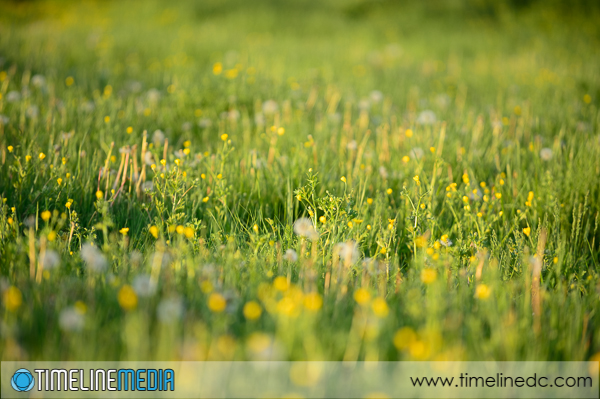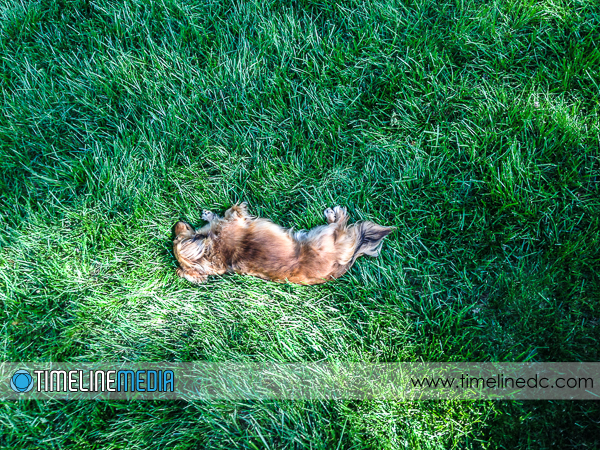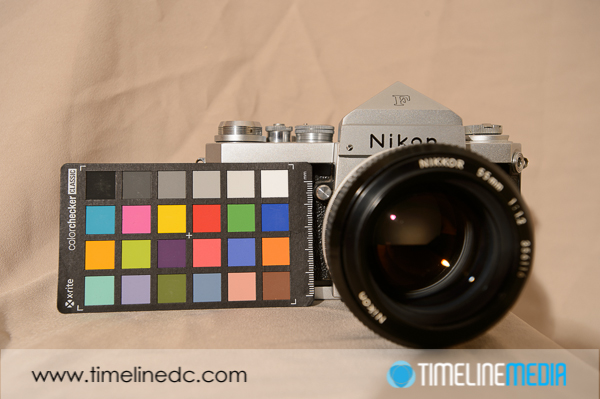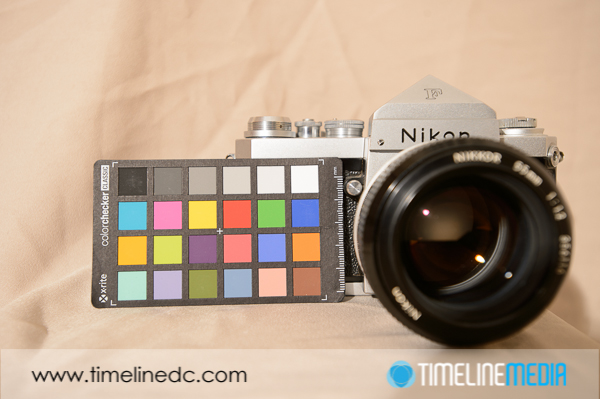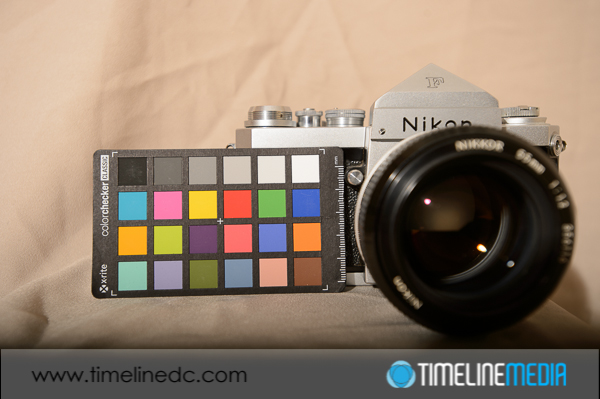
Photo Processing
This is a simple idea for a blog post, but one that I think is very important for many reasons. Digital cameras are small, very advanced computers that specialize in making images. The computers run an operating system that conforms to the Design Rule for Camera File Systems or DCF. This is the reason that in any digital camera, your images are stored in a file folder named “DCIM”. After that level, camera manufacturers can change the default naming conventions for images captured by your camera. For Nikon, Fuji and Sony cameras, the default is “DSCXXXX.jpg” while for Canon cameras, the default is “IMGXXXX.jpg”.
In the menus for your cameras, you can change the default name for your images. When I am setting up a new camera body, this is one of the first things I change for two reasons. The first is so that I can easily identify which images are from which camera, or photographer if I am covering an event with multiple photographers. The second is that in post-processing, I can more easily keep track of photos that I am editing.
Rename Photos
For example, I rename all my images W2A for one camera, W2B for another camera, etc. When at an event with other photographers where we are collecting all the images on one workstation, I can almost ensure that there will not be any accidental rewriting of images since the filenames will likely be different. If I kept the default DSC names, there is a danger that copying files from 2 different Nikon bodies will be overwritten if the user is not careful in copying images. During a busy event, something like this can definitely happen!
Before posting images online, it is also important to rename your images. This makes it easier for search engines to find your images when people search. It is much more likely that someone online will find my image of the “Washington_Monument.jpg” when searching for images of DC when it is renamed rather than if it was posted as “W2A7879.jpg” as it was named straight out of camera. Come up with some naming conventions for your images. Especially as your image collection grows, it helps to keep organized and will help you to recall the images later if/when they are needed. Perfect for #TBT Throwback Thursdays!
TimeLine Media – www.timelinedc.com
703-864-8208

